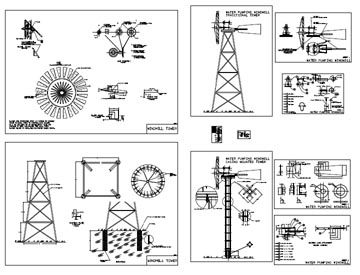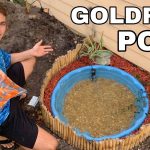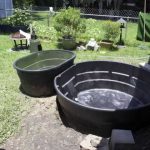Title: How to Build a DIY Windmill Pond Aerator for a Sustainable Water Solution
Are you a nature enthusiast looking for an eco-friendly way to improve the health of your pond? Building a windmill pond aerator can be a rewarding and sustainable project that promotes the circulation of oxygen in the water, benefiting aquatic life and reducing algae growth. In this comprehensive guide, we’ll walk you through the steps to create your own windmill pond aerator, empowering you to contribute to a healthier ecosystem while embracing a renewable energy source.
Understanding the Importance of Pond Aeration
Before delving into the construction process, it’s crucial to comprehend the significance of pond aeration. Aeration plays a pivotal role in maintaining the ecological balance of a pond by ensuring that an adequate amount of oxygen is dissolved in the water. Oxygen is essential for the survival of fish, beneficial bacteria, and other aquatic organisms, while also inhibiting the proliferation of harmful bacteria and algae. By investing in a windmill pond aerator, you can actively participate in preserving the natural habitat and promoting sustainable water quality.
Choosing the Right Location and Size
The first step in building a windmill pond aerator is to select an optimal location for installation. Look for a spot with consistent wind patterns to maximize the efficiency of the windmill. Additionally, consider the depth and size of your pond when determining the appropriate dimensions for the aerator. A larger pond may require a more substantial aerator to ensure adequate oxygen distribution across the water body.
Gathering the Necessary Materials
To construct your windmill pond aerator, you will need the following materials:
1. Galvanized steel or aluminum for the windmill structure
2. PVC piping for the air delivery system
3. Air stones or diffusers
4. Bearings and gears for the windmill mechanism
5. Anchoring materials such as concrete or metal posts
6. Basic hand tools including a drill, saw, and wrench
Building the Windmill Structure
Begin by constructing the windmill framework using galvanized steel or aluminum. The design can vary depending on personal preference, but a classic four-blade windmill is a popular choice for its simplicity and efficiency. Ensure that the blades are appropriately angled to capture the wind’s energy, and consider adding a tail vane to orient the windmill into the prevailing wind direction.
Assembling the Air Delivery System
Next, focus on assembling the air delivery system that will transfer the wind energy into aeration for the pond. Use PVC piping to connect the windmill to the air stones or diffusers placed in the water. It’s essential to design the system with minimal friction and resistance to ensure optimal airflow and oxygen dispersion throughout the pond.
Installing the Aerator in the Pond
Once the windmill and air delivery system are constructed, it’s time to install the aerator in the pond. Depending on the depth of the pond, you may need to secure the aerator on a sturdy platform or use anchoring materials to ensure stability. Consider the water depth and the required length of the air delivery system to determine the most suitable installation method for your specific pond.
Optimizing the Windmill Pond Aerator
After the installation is complete, it’s important to periodically assess and optimize the performance of the windmill pond aerator. Regular maintenance, such as lubricating moving parts and cleaning air filters, will prolong the aerator’s lifespan and ensure consistent functionality. Additionally, monitoring the oxygen levels in the pond can provide valuable insights into the aerator’s effectiveness and the overall health of the aquatic ecosystem.
Environmental and Economic Benefits
Building a windmill pond aerator not only contributes to the well-being of the pond and its inhabitants but also offers various environmental and economic advantages. By harnessing wind energy as a renewable power source, you can reduce reliance on traditional electricity and minimize your carbon footprint. Furthermore, the enhanced water quality resulting from efficient pond aeration can lead to decreased algae blooms and improved clarity, creating a more visually appealing and ecologically balanced pond environment.
Conclusion
Embarking on the journey to build a windmill pond aerator is a remarkable endeavor that aligns with the principles of sustainability and environmental stewardship. By integrating renewable energy with the enhancement of aquatic ecosystems, you can make a positive impact on the environment while enjoying the beauty of a thriving pond. Through careful planning, construction, and maintenance, your DIY windmill pond aerator will stand as a testament to your commitment to sustainable living and the preservation of natural habitats. Start your windmill pond aerator project today, and take an active role in fostering a healthier and more vibrant pond ecosystem.





